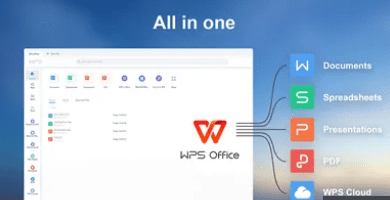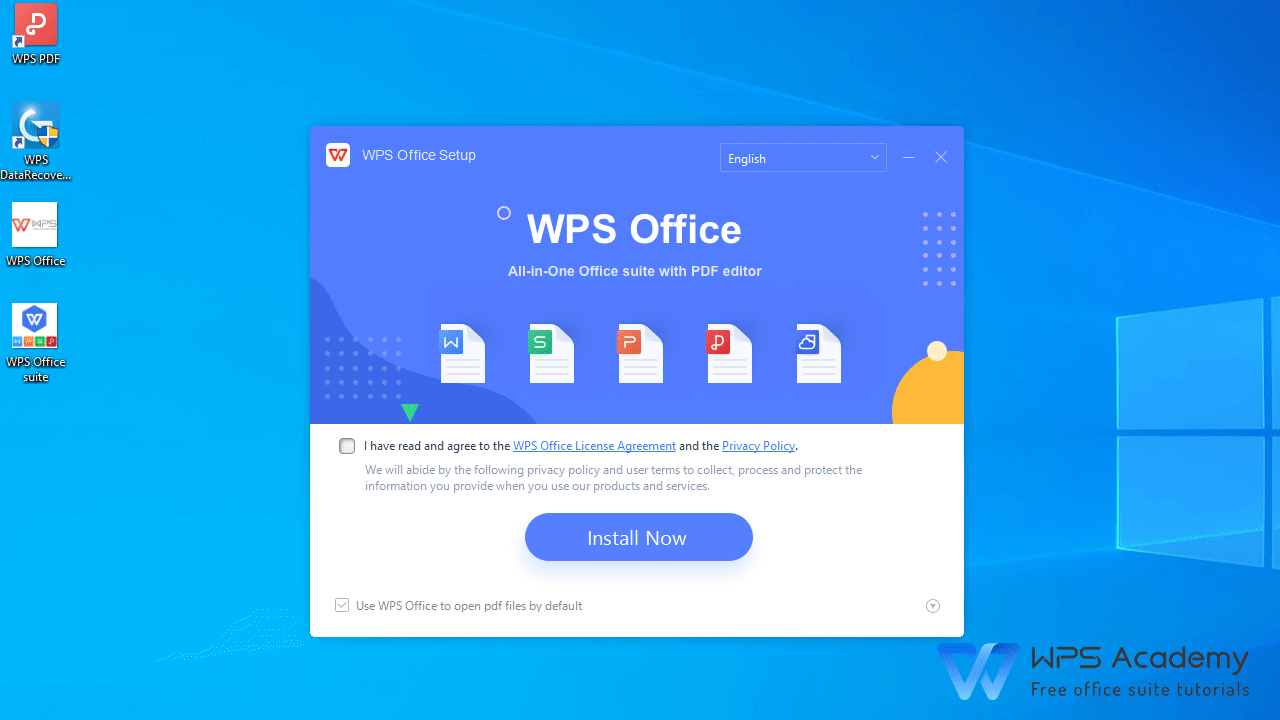WPS Office Software, formerly known as Kingsoft Office, was first introduced in 1989 by Kingsoft Corporation, a Chinese software company. The early versions of the software were designed to provide basic word processing, spreadsheet, and presentation functions for personal computer users.
In the early 1990s, Kingsoft Office gained popularity in China as a low-cost alternative to Microsoft Office. The software was compatible with the Microsoft Office file formats, which made it easier for users to switch to Kingsoft Office.
As the technology advanced, Kingsoft Office continued to evolve. In 2001, Kingsoft released version 2002 of the software, which introduced new features such as support for the OpenDocument file format and the ability to create PDF files.
In 2007, Kingsoft Office was renamed to WPS Office, which stands for Writer, Presentation, and Spreadsheets. The software was redesigned to have a more modern and user-friendly interface.
Throughout the early evolution of WPS Office, the company focused on providing affordable and easy-to-use office software solutions for individuals and businesses. The software was primarily used in China, but it was beginning to gain popularity in other countries as well.
Emergence of Microsoft Office as a Competitor;
In the early days of WPS Office, Microsoft Office was already a dominant player in the office software market. However, WPS Office was able to carve out a niche by offering a low-cost alternative to Microsoft Office.
- As Microsoft Office continued to evolve and add new features, it became increasingly difficult for WPS Office to compete. Microsoft Office was also able to leverage its strong brand recognition and marketing power to further solidify its position in the market.
- Despite the challenges posed by Microsoft Office, WPS Office continued to develop and improve its software. The company focused on providing compatibility with Microsoft Office file formats, which made it easier for users to switch to WPS Office. The software also offered a number of unique features, such as support for multiple languages and a built-in PDF converter.
- In recent years, WPS Office has also focused on providing cloud-based services, which has helped to differentiate it from Microsoft Office. The company has also invested heavily in mobile optimization, which has allowed it to reach a wider audience of users who primarily use mobile devices.
- While Microsoft Office remains a dominant player in the office software market, WPS Office has been able to carve out a niche by offering affordable and easy-to-use software solutions that are tailored to the needs of individual users and businesses.
Expansion of WPS Office Software to International Markets;
After gaining popularity in China, WPS Office began to expand into international markets. The company began by targeting other Asian markets, such as Japan and Korea, where it found some success.
In the mid-2000s, WPS Office began to expand its reach to other regions of the world, including Europe, North America, and Latin America. The company focused on building partnerships with local distributors and resellers, which helped to establish a presence in these new markets.
To better appeal to international users, WPS Office invested in language localization, ensuring that the software was available in multiple languages. The company also developed a support team that could provide assistance to users in different time zones and languages.
While expanding into international markets was challenging, WPS Office was able to find success by offering affordable and easy-to-use office software solutions that were tailored to the needs of users in different regions. Today, WPS Office is used by millions of users in over 200 countries around the world.
WPS Office Software Adapts to Changing Technology;
As technology continues to evolve, WPS Office has adapted its software to keep up with the latest trends and innovations.
- One of the key ways in which WPS Office has adapted to changing technology is by focusing on cloud-based services. The company has developed a range of cloud-based features that allow users to collaborate on documents in real-time, store files in the cloud, and access their files from any device.
- WPS Office has also invested heavily in mobile optimization, recognizing the growing importance of mobile devices in the workplace. The company has developed mobile apps for iOS and Android devices that allow users to create, edit, and view documents on their smartphones and tablets.
- Another way in which WPS Office has adapted to changing technology is by incorporating artificial intelligence (AI) and machine learning (ML) into its software. The company has developed features such as smart writing assistance, which uses AI to suggest improvements to the user’s writing, and smart table recognition, which uses ML to automatically convert tables from images into editable data.
- WPS Office has also incorporated new file formats into its software to keep up with the latest trends. For example, the company now supports the ePub file format, which is commonly used for e-books.
Overall, WPS Office has shown a commitment to adapting its software to keep up with changing technology. By doing so, the company has been able to provide users with the latest features and innovations that can help them be more productive and efficient in their work.


































